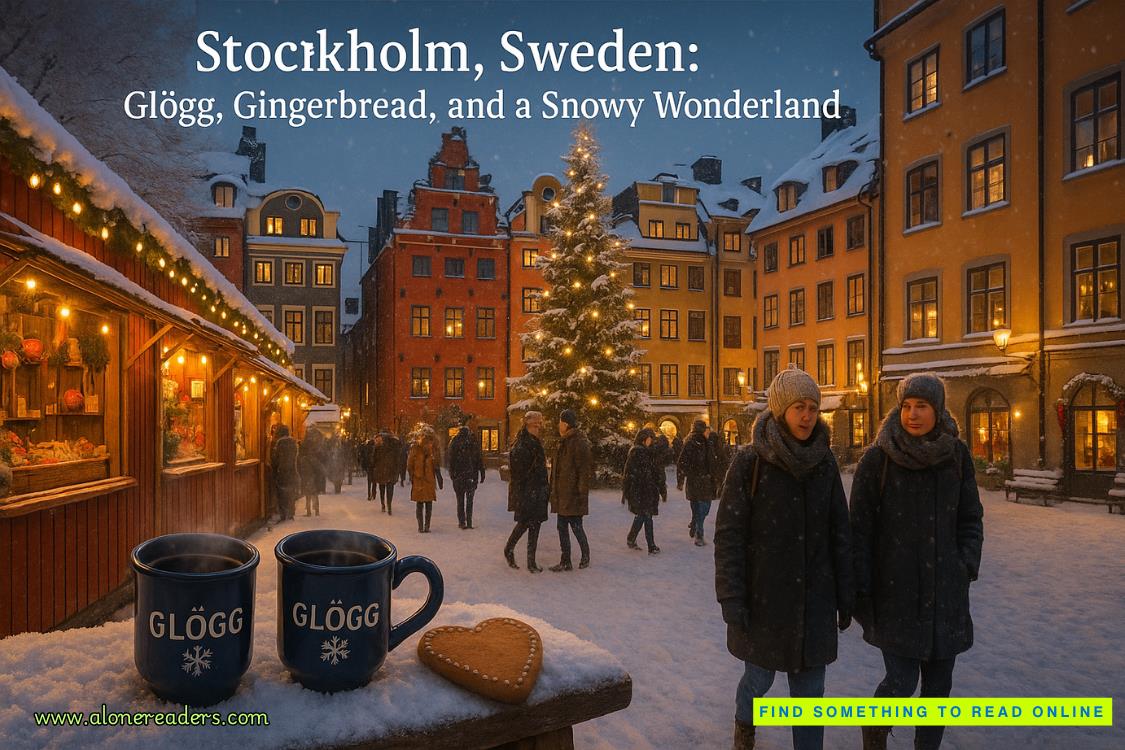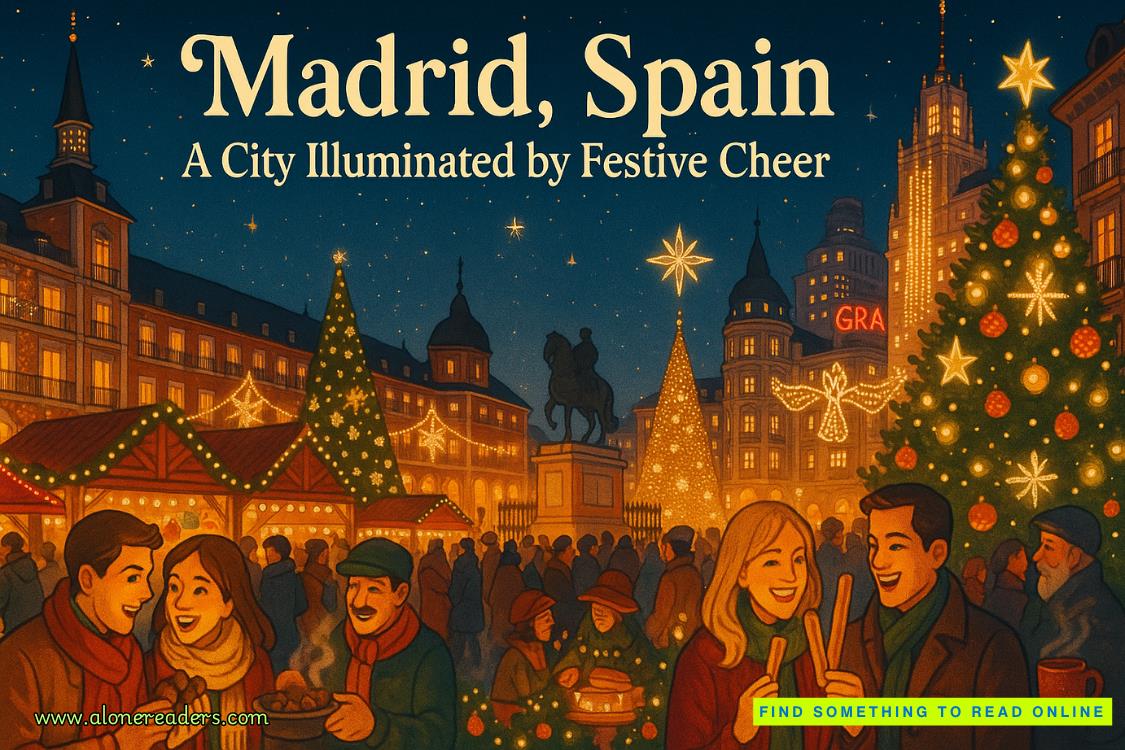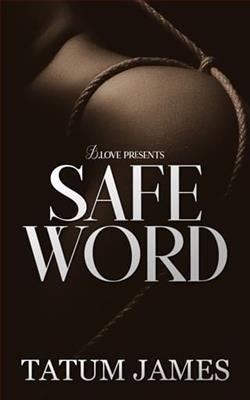Page 59 of His Untouchable Heart
Her hand trembled as she picked up the pen one last time.
“I can’t believe it’s real,” she whispered.
“It’s real,” I said, steadying her wrist with my hand. “You did this.”
She signed her name, and I watched her write it with the grace of someone who knew exactly what it meant.
Then, without thinking, I reached for the pen and signed my initials beside hers on the witness line. It wasn’t required. But it felt like something I wanted—needed—to do.
We looked at each other across the table.
No words. Just understanding.
This wasn’t just about restitution anymore. It was about reclaiming something deeper—for her, for the family who had once lost everything, and maybe for me, too.
We slipped out of the gallery just before noon and walked to the little café on the corner—one of those places with white metal chairs out front and a chalkboard menu that changed with the seasons. Gabrielle ordered the same sandwich she always did: goat cheese and roasted vegetables, while I grabbed a turkey club and a bottle of sparkling water.
Once we found a table near the window, she unwrapped her sandwich and glanced at me, her brow raised as if waiting for something.
“Would it be weird,” I asked casually, “if I came with you to your doctor’s appointment?”
Her face lit up instantly. “You want to come?”
“Of course I do.”
She looked down, smiling like she was trying not to get too excited. Like she didn’t want to read too much into it. But it wasn’t just a gesture—I meant it. I wanted to be there for all of it. The routine checkups, the ultrasounds, the heartbeat.
We ate slowly, our conversation drifting between gallery logistics and baby names we weren’t brave enough to say out loud yet. Eventually, we landed on lighter territory—art school trips and favorite museums.
“Florence was my favorite,” she said, brushing crumbs from her lap. “The colors there ruined me for everything else.”
“I was a Madrid guy,” I said. “But I always wanted to go back to Rome.”
She nodded thoughtfully. “I miss the Louvre. Not for the Mona Lisa, but for everything no one talks about.”
“Maybe someday,” I said, letting my hand rest on hers across the table. “With a stroller in tow.”
She laughed, the sound warm and honest. Then she turned her hand over and laced her fingers with mine.
And just like that, the future didn’t feel so far away.
Not long before closing time, Judge Valencia arrived without warning or ceremony, just a quick buzz from the front desk and the sight of him striding through the gallery’s main doors with a brown envelope tucked under one arm. He wore the same dark suit I’d seen him in during our first meeting—crisp, deliberate, not a thread out of place.
I met him halfway and offered a handshake before leading him into the private office. I kept my posture relaxed, but my palms were starting to sweat.
“Can I get you something?” I asked as we stepped inside. “Water?”
He nodded. “Water’s fine.”
I poured it carefully from the carafe on the credenza and handed him the glass like it was a peace offering. He didn’t seem tense, just unreadable—which was somehow worse.
He set the envelope on the desk between us. “This is from an old friend of mine. He’s a collector but, more importantly, a believer in the work the foundation is doing. He asked me to deliver it personally.”
I opened the envelope. Inside was a generous check with the foundation’s name spelled out in clean, deliberate handwriting.
“Thank you,” I said, setting it aside. “I’ll make sure it gets to the right place. Have you come to see aboutThe Lady and Gentleman in Black?”
“Yes and no,” he said with an awkward smile.















